Auroop Ganguly
Assessing the Impact of Distribution Shift on Reinforcement Learning Performance
Feb 05, 2024

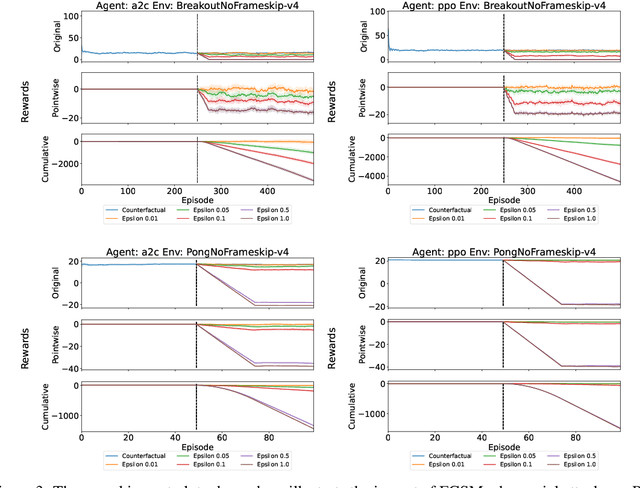
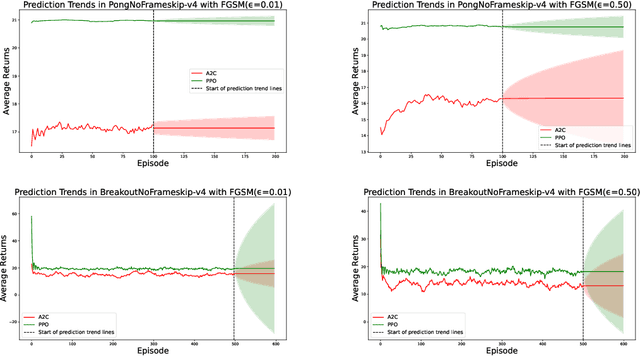
Abstract:Research in machine learning is making progress in fixing its own reproducibility crisis. Reinforcement learning (RL), in particular, faces its own set of unique challenges. Comparison of point estimates, and plots that show successful convergence to the optimal policy during training, may obfuscate overfitting or dependence on the experimental setup. Although researchers in RL have proposed reliability metrics that account for uncertainty to better understand each algorithm's strengths and weaknesses, the recommendations of past work do not assume the presence of out-of-distribution observations. We propose a set of evaluation methods that measure the robustness of RL algorithms under distribution shifts. The tools presented here argue for the need to account for performance over time while the agent is acting in its environment. In particular, we recommend time series analysis as a method of observational RL evaluation. We also show that the unique properties of RL and simulated dynamic environments allow us to make stronger assumptions to justify the measurement of causal impact in our evaluations. We then apply these tools to single-agent and multi-agent environments to show the impact of introducing distribution shifts during test time. We present this methodology as a first step toward rigorous RL evaluation in the presence of distribution shifts.
Ad Hoc Teamwork in the Presence of Adversaries
Aug 09, 2022Abstract:Advances in ad hoc teamwork have the potential to create agents that collaborate robustly in real-world applications. Agents deployed in the real world, however, are vulnerable to adversaries with the intent to subvert them. There has been little research in ad hoc teamwork that assumes the presence of adversaries. We explain the importance of extending ad hoc teamwork to include the presence of adversaries and clarify why this problem is difficult. We then propose some directions for new research opportunities in ad hoc teamwork that leads to more robust multi-agent cyber-physical infrastructure systems.
Progressively Growing Generative Adversarial Networks for High Resolution Semantic Segmentation of Satellite Images
Feb 12, 2019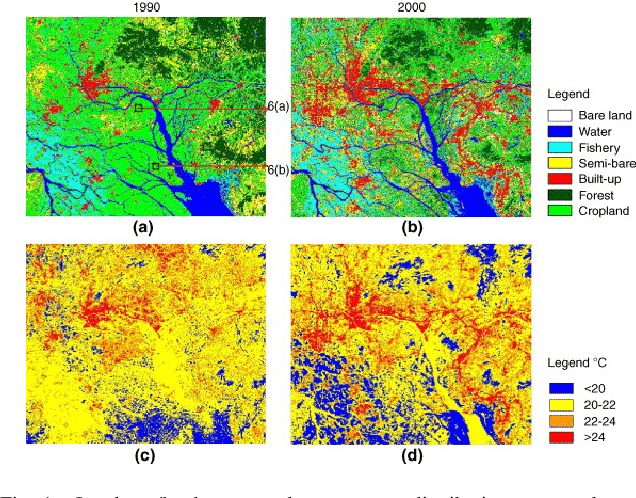
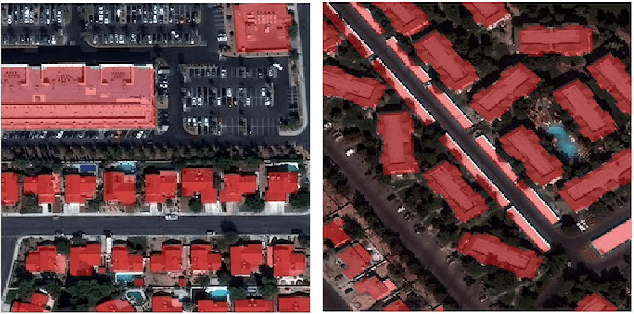
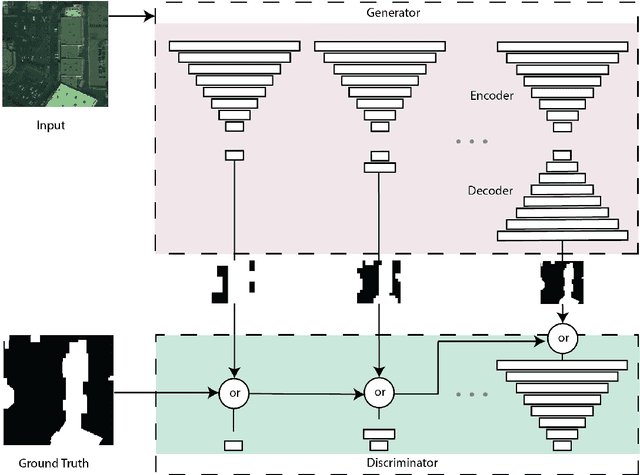

Abstract:Machine learning has proven to be useful in classification and segmentation of images. In this paper, we evaluate a training methodology for pixel-wise segmentation on high resolution satellite images using progressive growing of generative adversarial networks. We apply our model to segmenting building rooftops and compare these results to conventional methods for rooftop segmentation. We present our findings using the SpaceNet version 2 dataset. Progressive GAN training achieved a test accuracy of 93% compared to 89% for traditional GAN training.
Theory-guided Data Science: A New Paradigm for Scientific Discovery from Data
Nov 13, 2017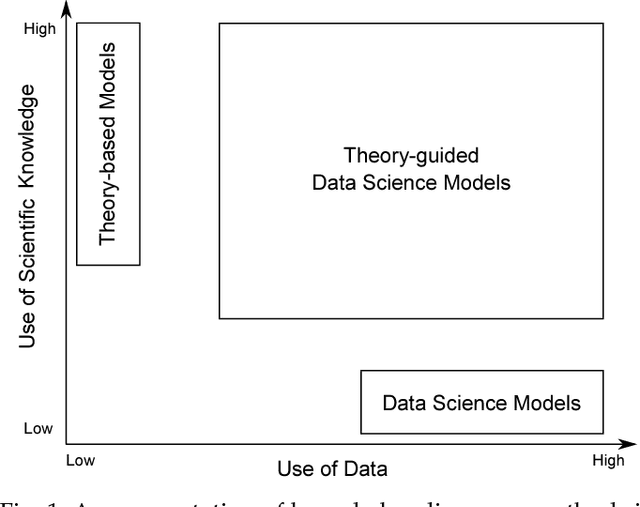

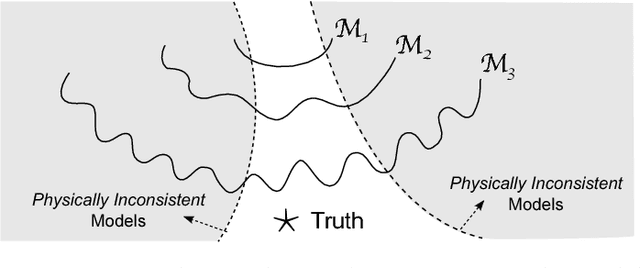
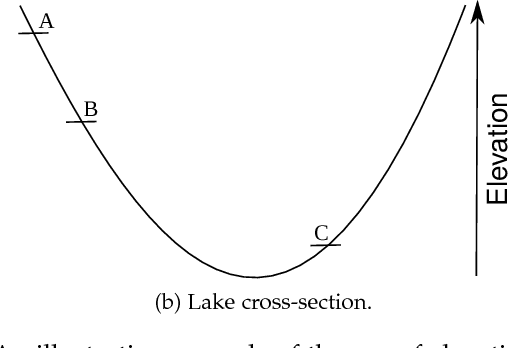
Abstract:Data science models, although successful in a number of commercial domains, have had limited applicability in scientific problems involving complex physical phenomena. Theory-guided data science (TGDS) is an emerging paradigm that aims to leverage the wealth of scientific knowledge for improving the effectiveness of data science models in enabling scientific discovery. The overarching vision of TGDS is to introduce scientific consistency as an essential component for learning generalizable models. Further, by producing scientifically interpretable models, TGDS aims to advance our scientific understanding by discovering novel domain insights. Indeed, the paradigm of TGDS has started to gain prominence in a number of scientific disciplines such as turbulence modeling, material discovery, quantum chemistry, bio-medical science, bio-marker discovery, climate science, and hydrology. In this paper, we formally conceptualize the paradigm of TGDS and present a taxonomy of research themes in TGDS. We describe several approaches for integrating domain knowledge in different research themes using illustrative examples from different disciplines. We also highlight some of the promising avenues of novel research for realizing the full potential of theory-guided data science.
 Add to Chrome
Add to Chrome Add to Firefox
Add to Firefox Add to Edge
Add to Edge